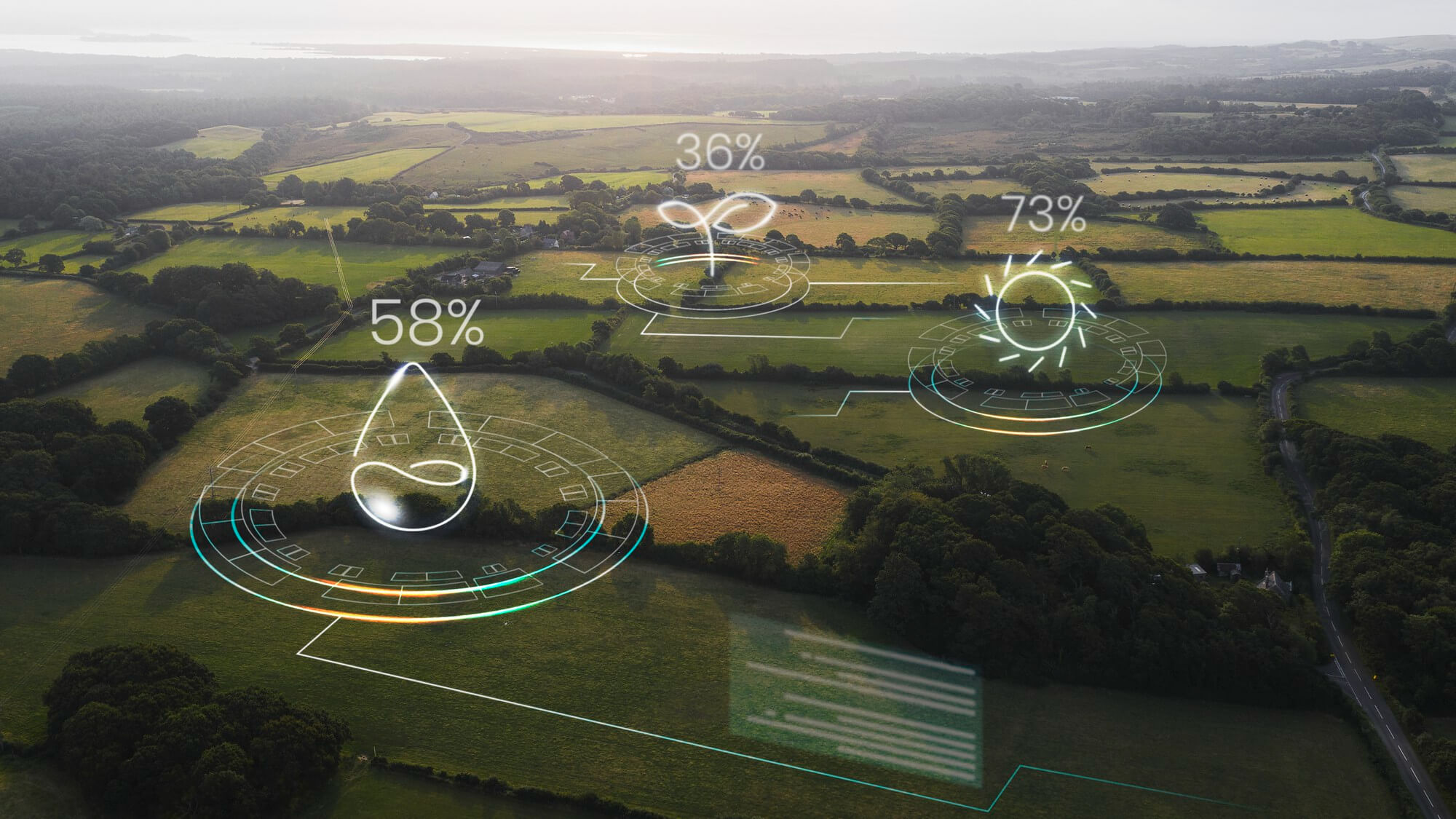For the past decade, ESG Environmental, Social, and Governance has dominated conversations in sustainable finance. Almost every large company today publishes an ESG report. Asset managers use ESG ratings to screen investments. Banks launch ESG-linked products to attract clients.
At first, ESG felt revolutionary. It gave finance a way to go beyond pure profit and consider social and environmental factors. But now, I feel ESG is reaching its limits. Too often, it has become a label, a marketing tool, or even a form of greenwashing.
That’s why I believe it’s time to ask a bold question: is ESG enough? Or do we need a new metric one that truly measures sustainability and impact?
The limits of ESG
Let’s be honest: ESG has done a lot to push companies in the right direction. Without it, many firms would never have considered sustainability in their strategies. But ESG has three big problems that make me doubt its future.
- Inconsistency in ratings
A company can receive an “A” from one ESG agency and a “C” from another. This happens all the time. Why? Because rating methods are different, data is incomplete, and there is no universal standard. For investors, this creates confusion. For companies, it creates opportunities to cherry-pick the best rating.
- Focus on process, not impact
Most ESG scores measure policies, not outcomes. A company might publish a beautiful climate report, but still increase emissions. Another might talk about diversity, but not change its hiring practices. ESG often rewards companies for saying the right things rather than doing the right things.
- The risk of greenwashing
Because ESG is now a buzzword, many companies use it as a shield. They highlight their ESG “achievements” to attract investors, even if the reality is far from sustainable. For me, this is the biggest danger: ESG creates the illusion of progress, while real problems remain.
That’s why I think we need something more. Something that goes beyond ESG.
From reducing harm to creating good
One of the biggest flaws of ESG is that it is mostly about reducing harm. For example:
- Lowering emissions by a few percent.
- Improving labor conditions slightly.
- Adding a woman or two to the board.
All of this is positive. But is it enough? No. Reducing harm is not the same as creating positive impact.
In my view, the real question is not: “Is this company less bad than before?” but rather: “Is this company actively regenerating society and the planet?”
This is where I believe finance needs a new metric. A metric that rewards companies not just for avoiding harm, but for creating real, measurable good.
Towards a Regenerative Finance Index (FRI)
I imagine something I call the Finance Regenerative Index (FRI). This is just a concept, but I believe it could inspire a new way of thinking.
What would FRI measure?
- Environmental regeneration: not just lowering emissions, but restoring ecosystems, protecting biodiversity, and creating circular production models.
- Social empowerment: not just hiring practices, but how a company empowers women, supports education, and builds inclusive communities.
- Economic resilience: not just short-term profit, but how a company contributes to long-term stability, innovation, and fair value distribution.
Instead of rewarding companies for being “less bad,” FRI would reward them for being actively good.
Why ESG metrics fail in practice
Let me give you a concrete example. Imagine two mining companies.
- Company A publishes long sustainability reports, has an ESG committee, and gets a high ESG rating. But it still destroys local ecosystems and displaces communities.
- Company B is smaller. It doesn’t have glossy reports, but it invests directly in land restoration, works with local women cooperatives, and shares profits with the community.
Under current ESG metrics, Company A might look “better” than Company B simply because it knows how to tick the boxes. But in reality, Company B has a far greater positive impact.
This is exactly why I say we need a new metric. Because ESG as it stands often rewards appearances more than substance.
What would a new metric change in finance?
If we had a tool like FRI, I believe it would transform finance in three ways:
- Valuation → Investors could price companies differently. Firms that regenerate the environment and empower society would deserve a premium. Those that only exploit resources would face a discount.
- Capital allocation → Money would flow not just to “less bad” companies, but to truly transformative ones. Imagine billions directed toward regenerative agriculture, biodiversity protection, or inclusive fintech.
- Accountability → Companies would no longer be judged by glossy reports, but by their real impact on the ground. That would push them to act, not just to talk.
This shift could create a whole new era in finance one where impact is the main currency.
Challenges to building a new metric
Of course, creating something like FRI is not easy. We face several obstacles:
- Data gaps: How do we measure biodiversity restoration? How do we quantify empowerment? It requires new tools and methods.
- Global standards: Just like ESG, a new metric would need international consensus to avoid confusion.
- Corporate resistance: Many firms prefer the current system because it is easier to manage. Asking them to prove real impact will be uncomfortable.
But I believe these challenges are worth addressing. Because the cost of not acting is even greater: continuing to live in the illusion of sustainability while the planet and societies collapse.
Why this matters for Africa
For me, Africa could actually lead this transformation. Why? Because Africa’s economies already practice forms of regenerative finance through women-led cooperatives, community savings groups, and local entrepreneurship.
Unlike the West, where finance is often distant from people, African finance is deeply connected to daily life. If we can design a metric that reflects these realities, Africa could show the world a new model: finance that is not extractive, but regenerative.
Imagine global investors looking not only at ESG scores, but at how many women a company empowers, how much land it restores, how many communities it strengthens. That could change the way Africa is perceived not as a place of risk, but as a place of opportunity.
My vision for the future
I see a future where finance is judged by a simple question: “Does this company leave the world better than it found it?”
- If the answer is yes, it deserves capital, trust, and growth.
- If the answer is no, then no glossy ESG report should save it.
This is the shift I dream of. Finance that rewards regeneration, not just less harm. Finance that measures biodiversity, education, empowerment—not only carbon. Finance that starts in Africa but inspires the world.
Because at the end of the day, I believe the future of finance is not ESG—it is beyond ESG.
Conclusion
ESG was a useful first step. It forced companies to think about sustainability and gave investors tools to screen risks. But today, it is not enough. Too often, it rewards form over substance, and greenwashing over real change.
That is why I argue for a new metric—call it FRI, or something else—that truly measures how companies regenerate the planet and society. Because the future will belong to those who create positive impact, not just those who minimize negative impact.
In my opinion, sustainable finance cannot stop at ESG. It must go beyond it. And if Africa seizes this opportunity, it can become the place where the world learns what regenerative finance really means.



